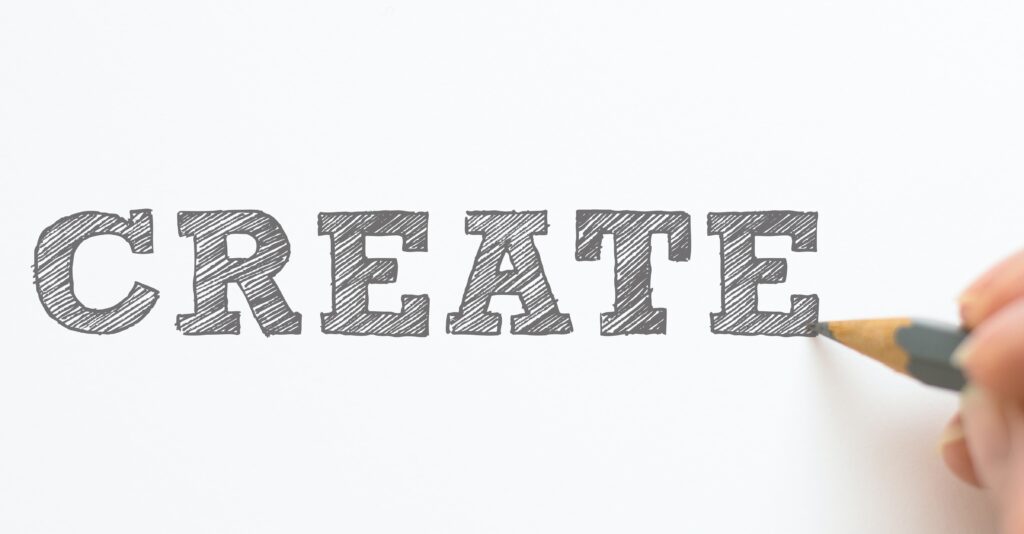
Atomic study habits

Which book has helped you the most with your personal development? (Quote in the image is allegedly from Mark Twain).
It’s only fair that we go first.
As an education platform that delivers curriculum-aligned resources, our request for personal development or productivity book recommendations might not seem immediately relevant. If you think of it as trying to find an edge from other fields to improve our ability to learn then hopefully it makes sense.
Often, students are trying to find ways of learning more efficiently or more effectively and it can be difficult to find a repeatable formula that you are happy with. It’s arguably more difficult to stick with that method once you’ve found it and that is because many people find habit formation tricky.
Atomic Habits by James Clear provides a way forward for forming new habits and breaking those that are unwanted. The book is clearly-written (which will delight fans of nominative determinism) with end-of-chapter summaries and easy-to-follow explanations and is certainly worth reading.
Based on Clear’s own lived experience (where he recovered from a freak accident to academic and sporting success) and academic research, the book breaks down habit formation as being underpinned by four steps: cue, craving, response and reward.
For example, if you have a habit of always responding to your phone when it buzzes then this has likely become a learned habit. The buzz is your cue and immediately you crave the dopamine that comes from consuming whatever information has come your way (text message, news alert, email, social media etc.). You respond by reaching for the phone and viewing the information and are rewarded with the dopamine release. This habit loop is reinforced each time it occurs and it is a process that Clear wishes for us to use to our advantage to develop good habits and break bad ones.
To break this particular habit to allow us to concentrate on the task at hand, we may seek to remove the cue by perhaps placing our phone out of reach or turning it on “silent”. Such a small and simple change may allow you to study uninterrupted for longer and have a more productive study session. As the book’s tagline says: “Tiny Changes, Remarkable Results”, making small (i.e. atomic), consistent changes to improve our habits can pay off significantly over time.
This is something which it would appear we have in common with Clear. We really like the idea that small improvements can compound over time to provide exponential benefits as the graphic below from our Instagram shows. It need not be taken literally (i.e. we’re not expecting that we will necessarily be 1000 times better at something with our one good habit versus somebody else with their one bad habit). The illustration hopefully provides motivation to stick at the good habits!

The book provides multiple techniques for you to implement, track and manage good habits so that you too can compound the benefits. One of the more advanced techniques is the idea of “habit-stacking” whereby the completion of one habit provides the cue for another. One simple example provided here is where an individual who is seeking to read more may make their bed in the morning (habit 1) and leave a book on the bed (stacked habit 2) so that they pick up the book and read it before going to bed (habit 3). The new habit of leaving the book on the bed is more likely to be last if paired with an existing habit such as making your bed.
As the book is focused on habit-formation techniques and expands on each of the four components of habit-formation, it did leave us wondering what atomic study habits other people use that we are not aware of (especially in the lockdown conditions under which many of us are living). Here are some we’ve heard of (they may not work for everyone!) but we would love to hear from you about what you use! For extra points, be sure to tell us what the cue (whatever triggers the response/habit) is!
- Turn off (notifications on) your phone when sitting to study (perhaps via an app limiting social media access)
- Play music in the background to get into the mood for studying
- Break of X minutes after studying for Y minutes
- Attempting questions (or some other form of application) once threshold X reached (e.g. study of Y minutes)
- Completing homework after trigger X.
- Daily recap of what you learned that day by adding to ongoing revision notes / telling other people e.g. family / mental recall at end of day or beginning of next day
- Writing down questions at the end of each study period of what you don’t understand so that you can ask a teacher / tutor the next time you see them





Responses